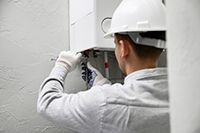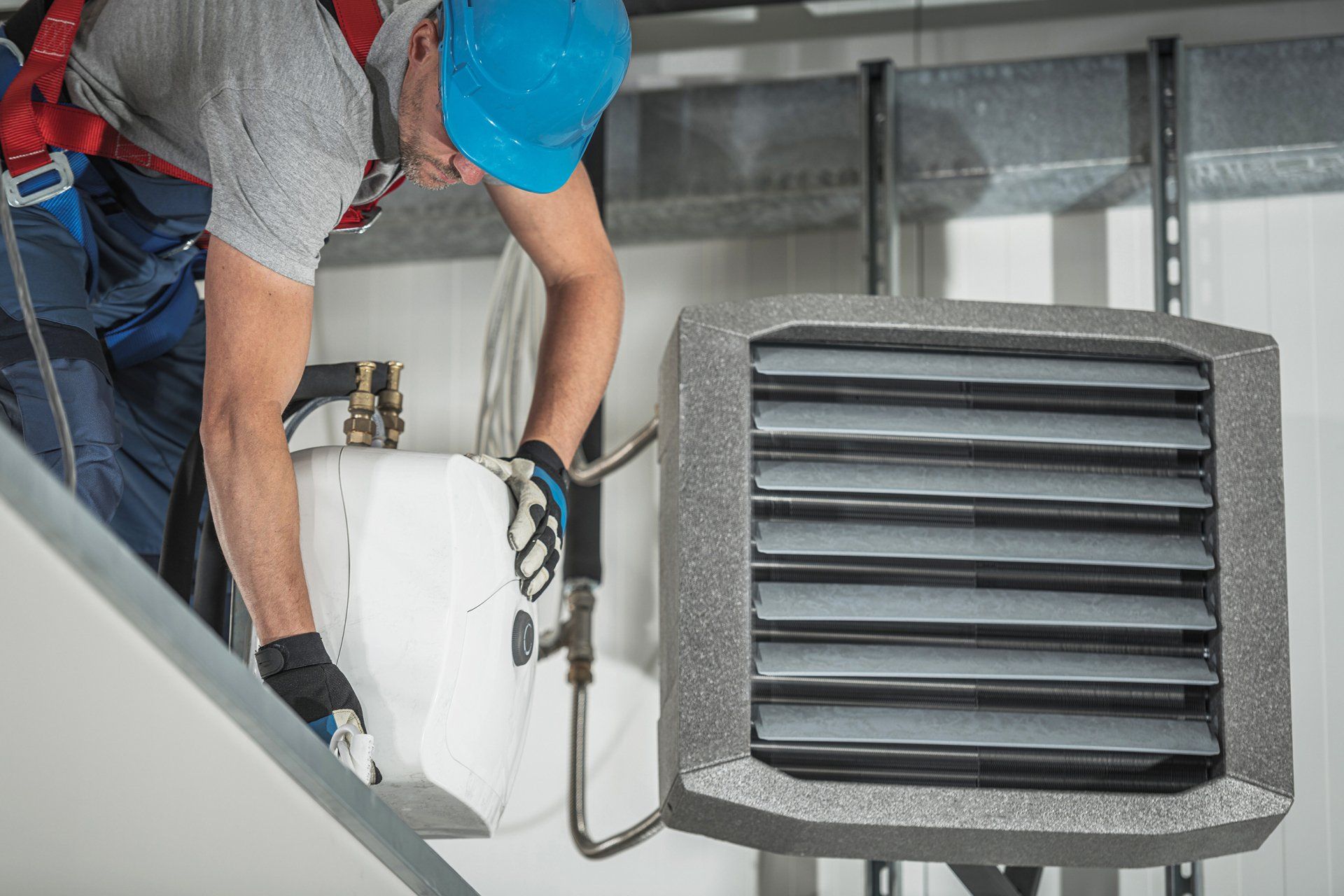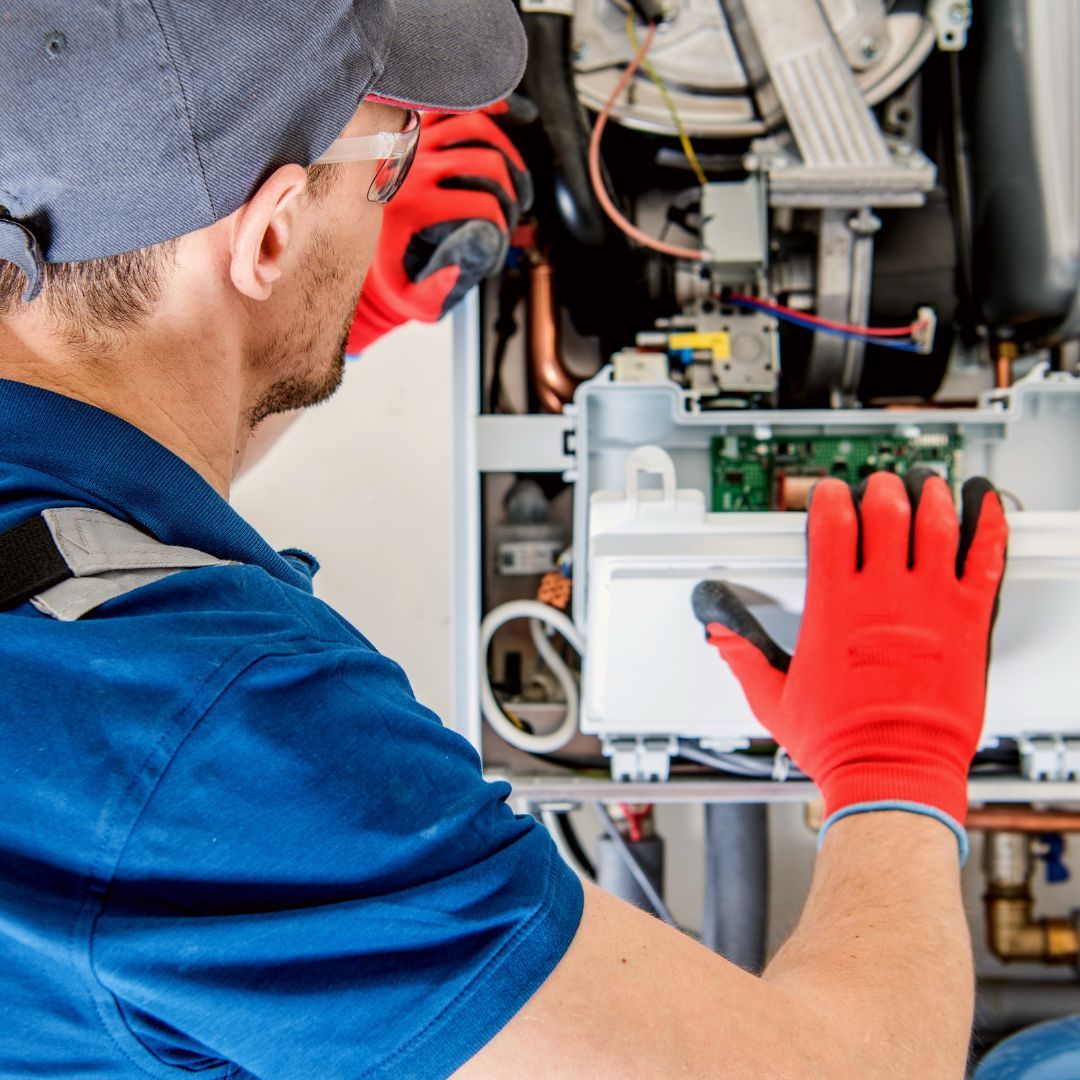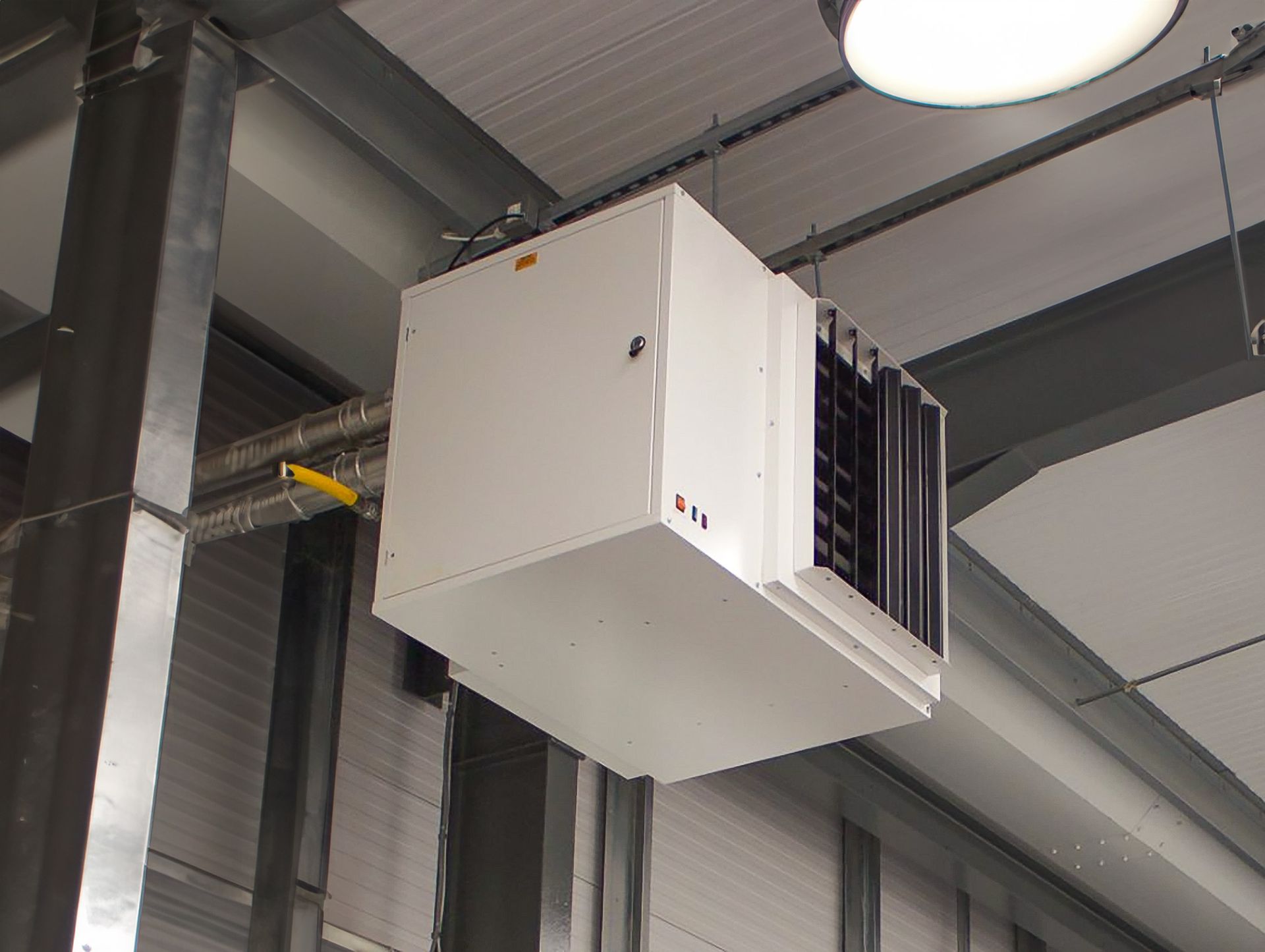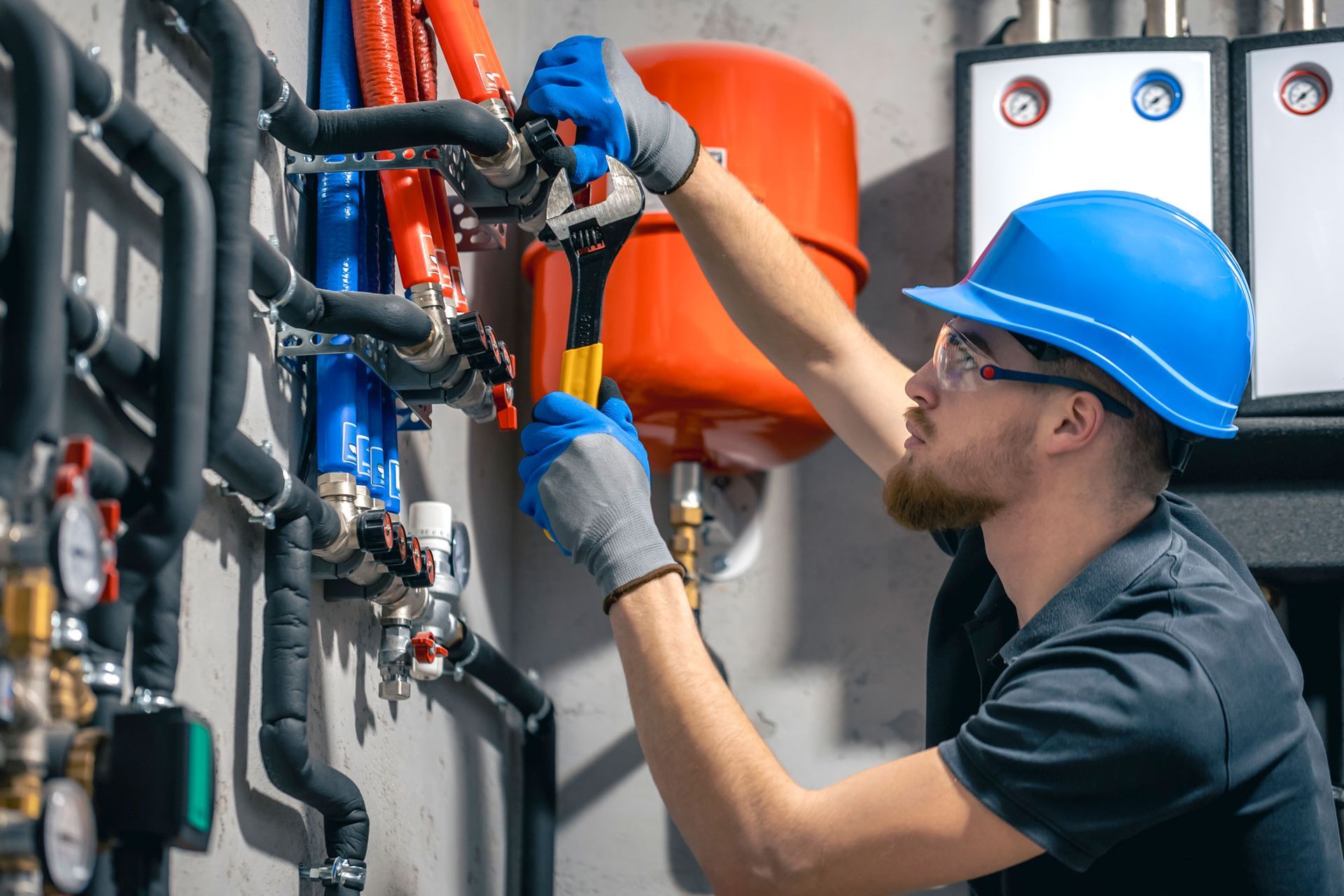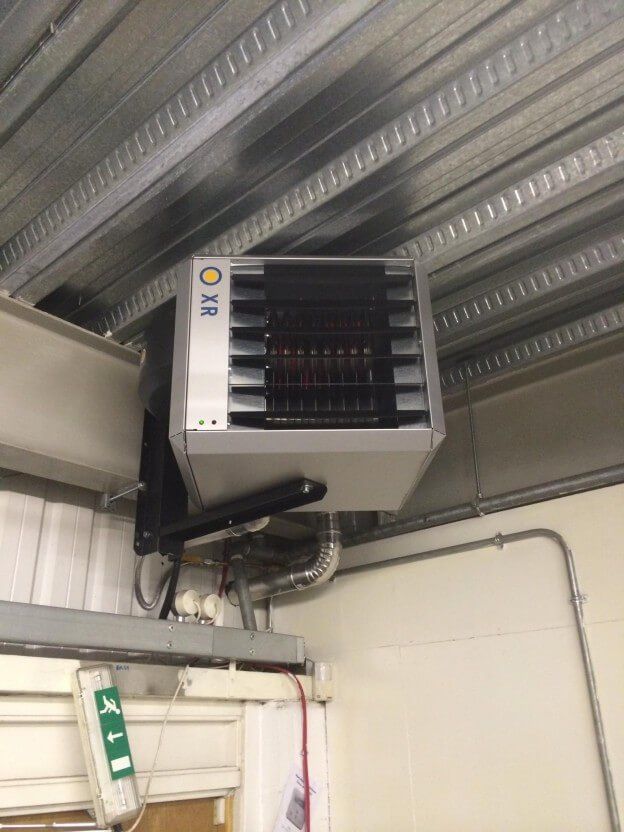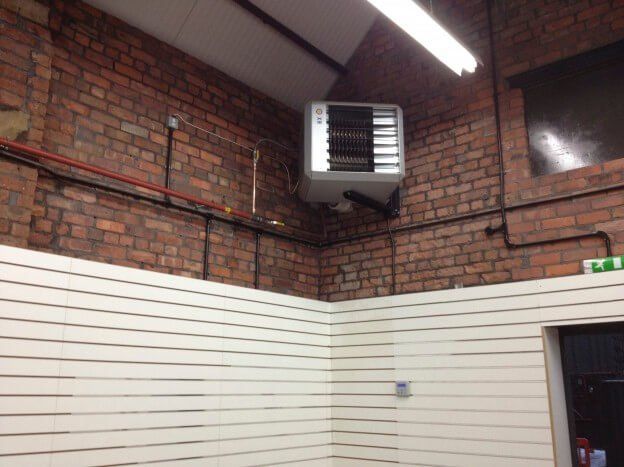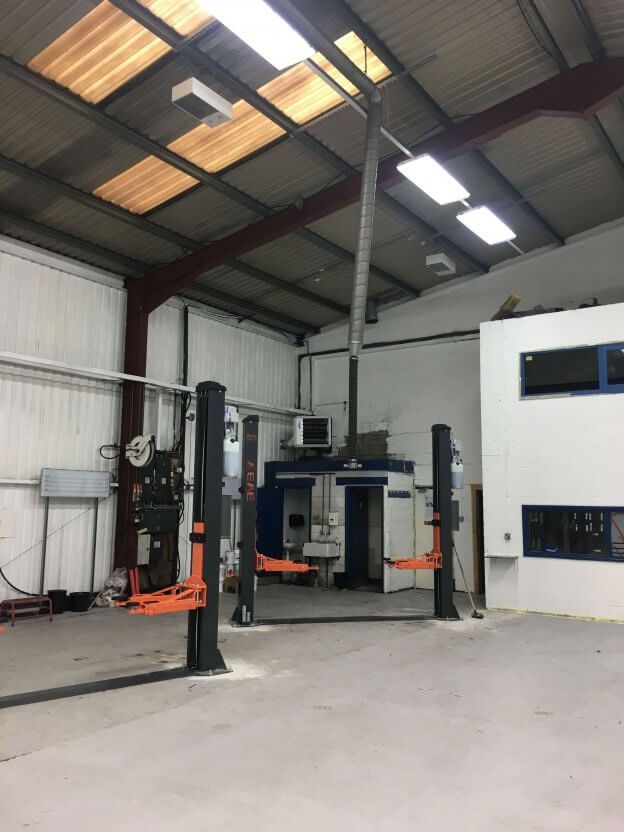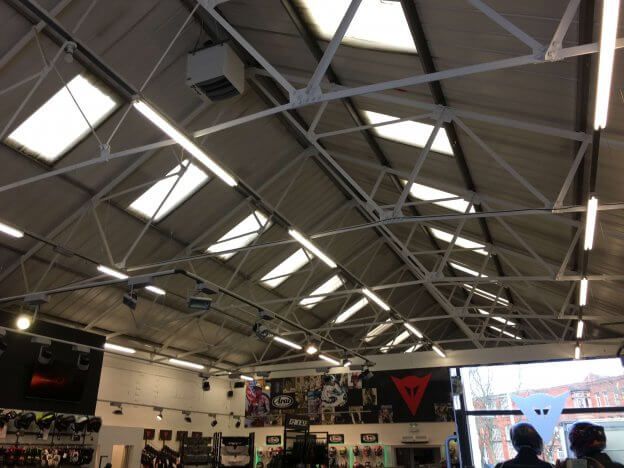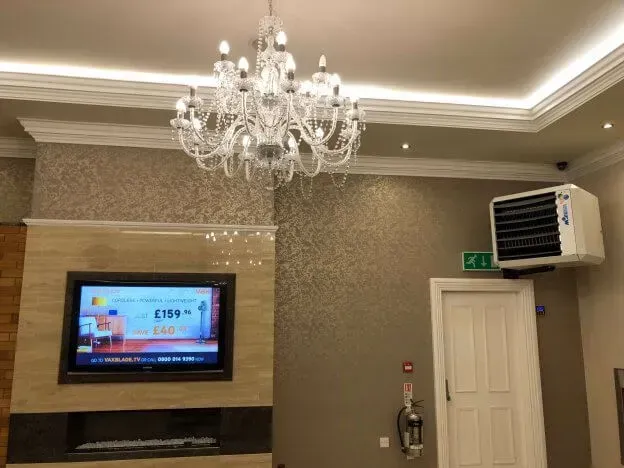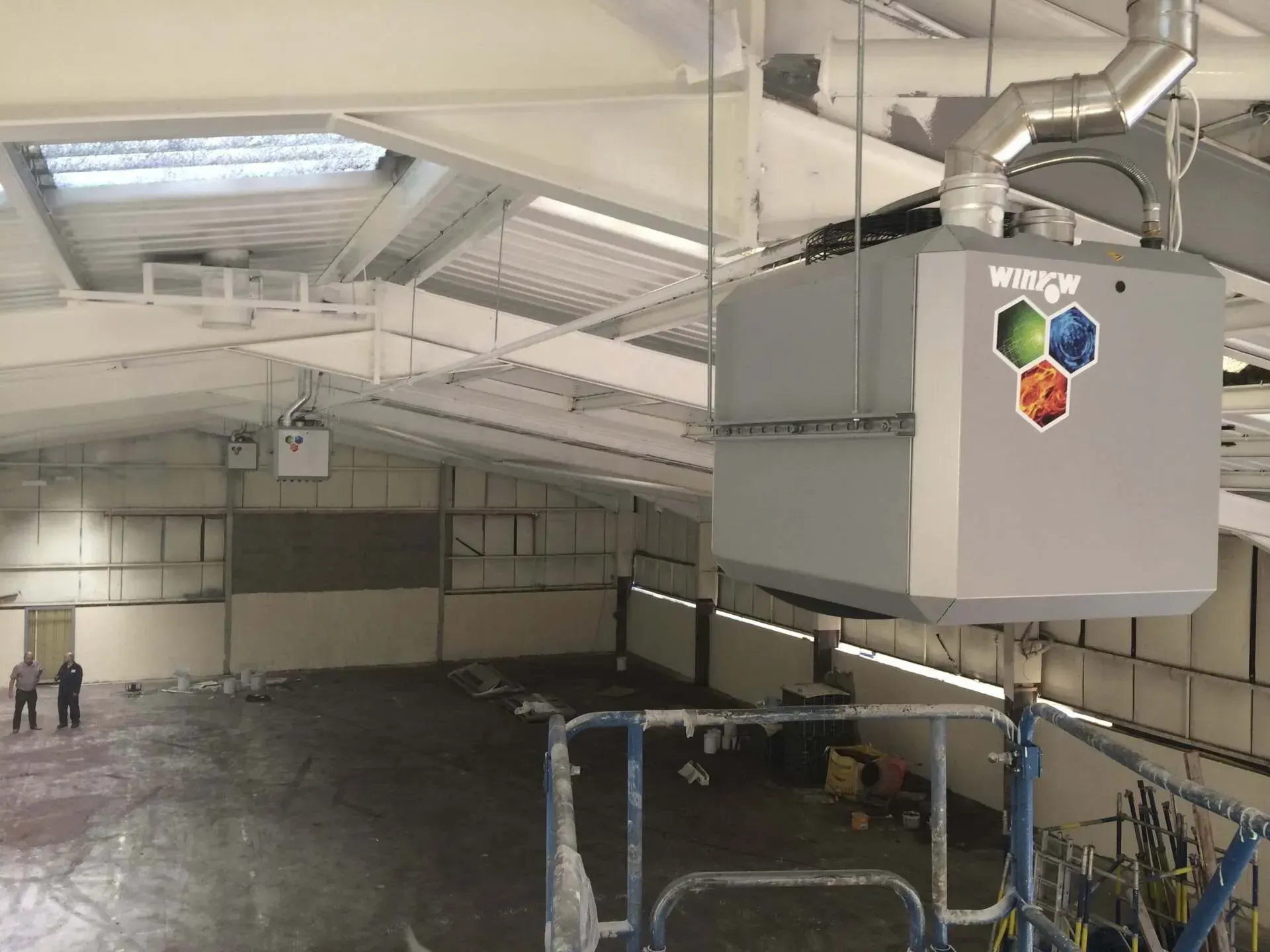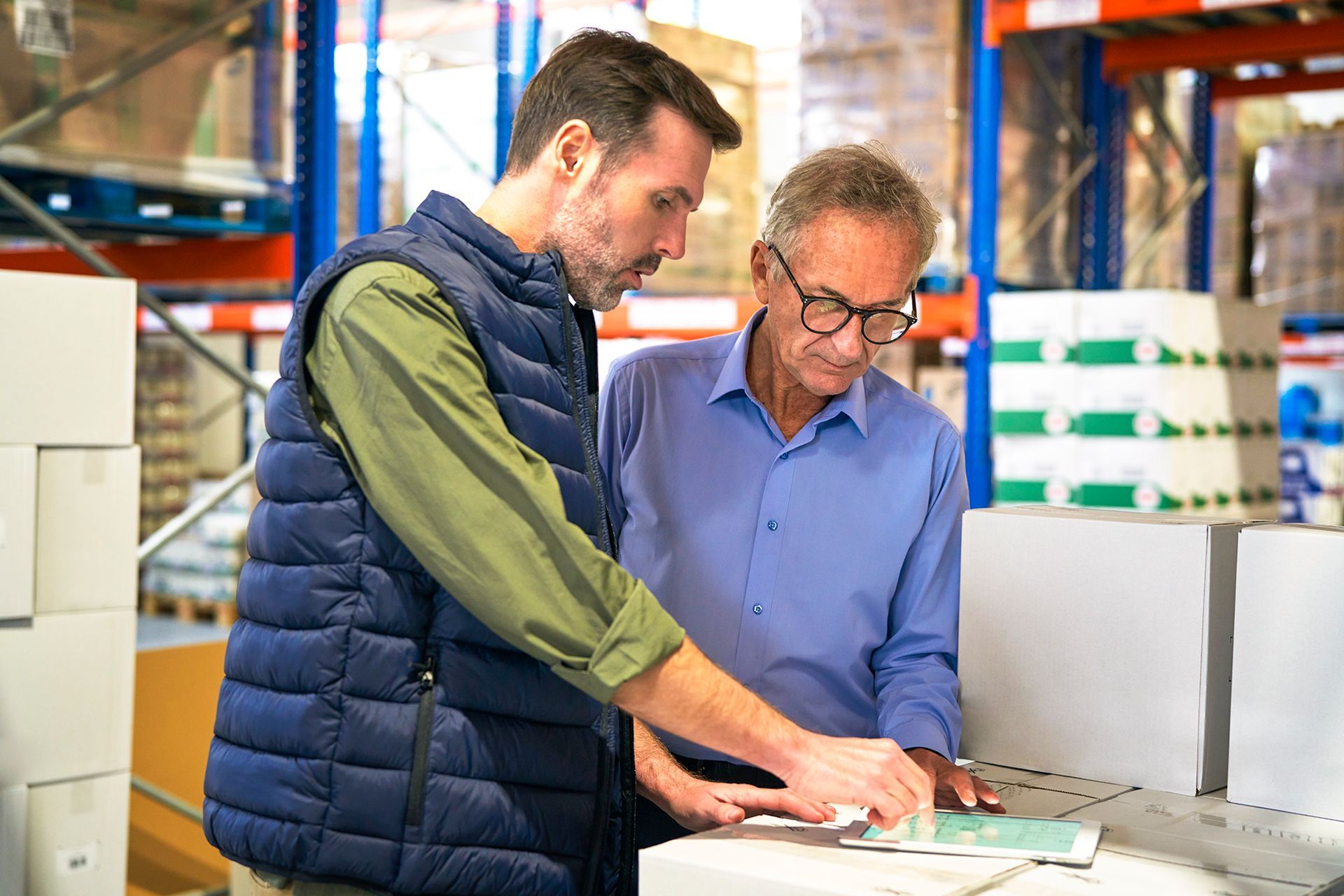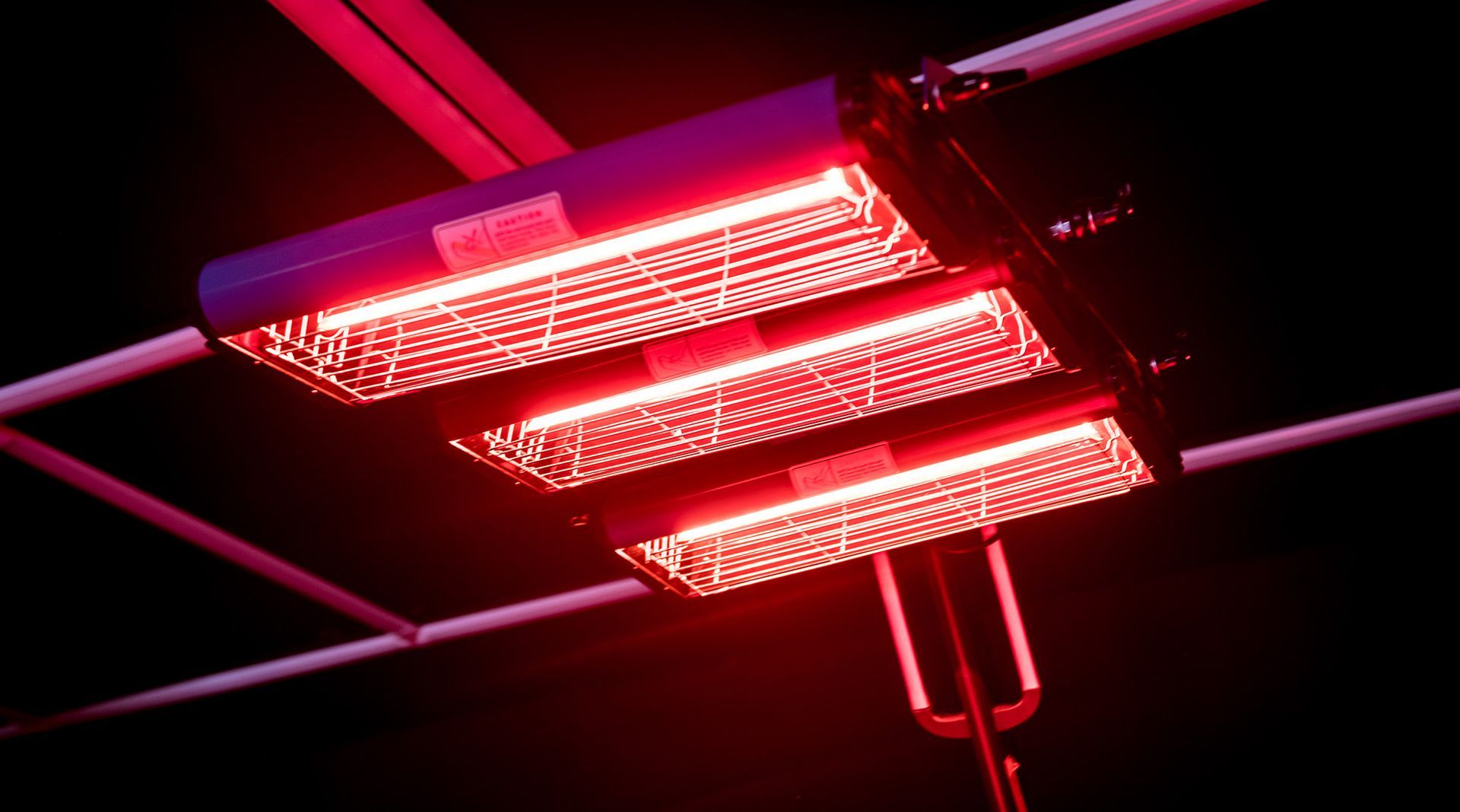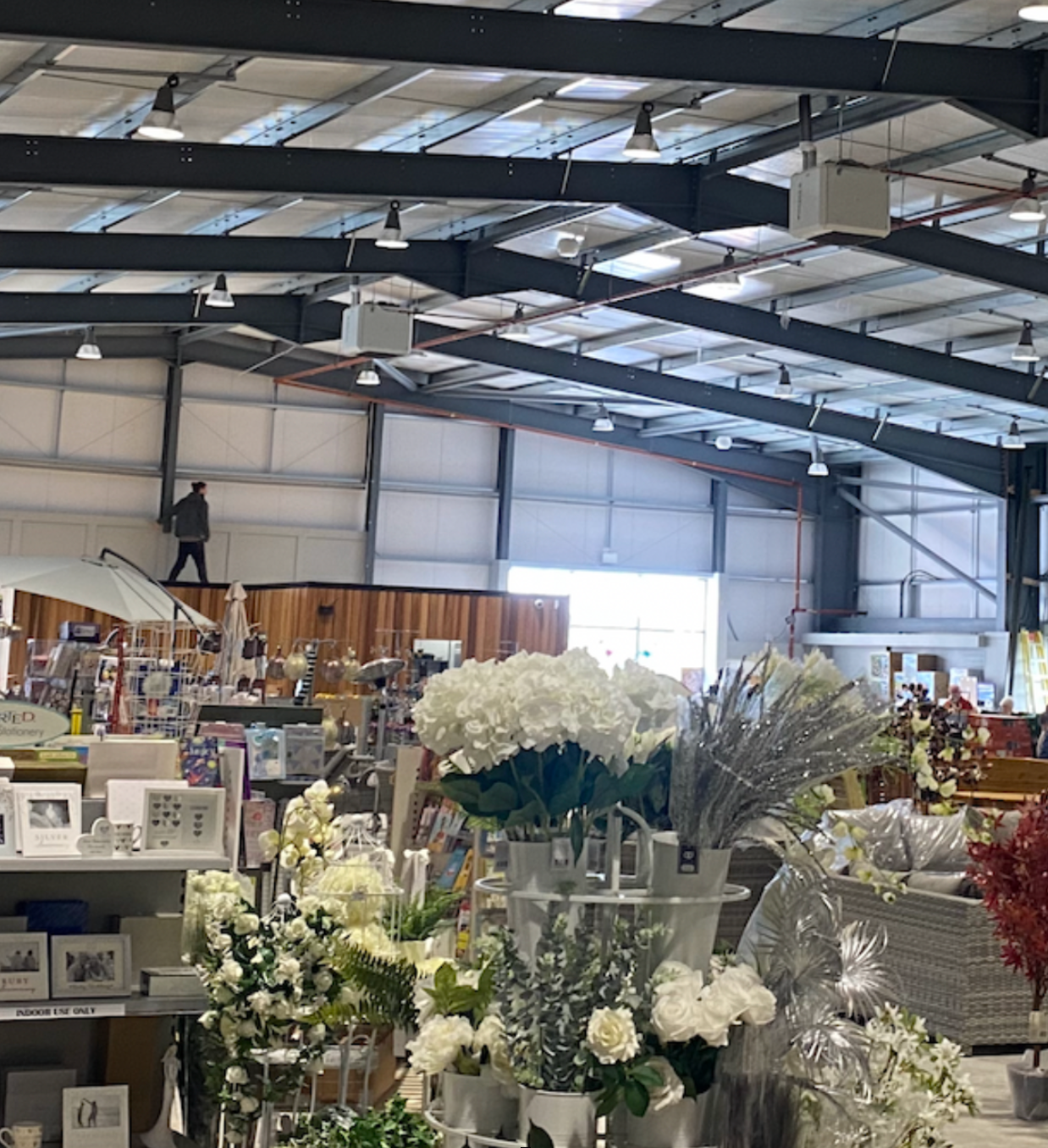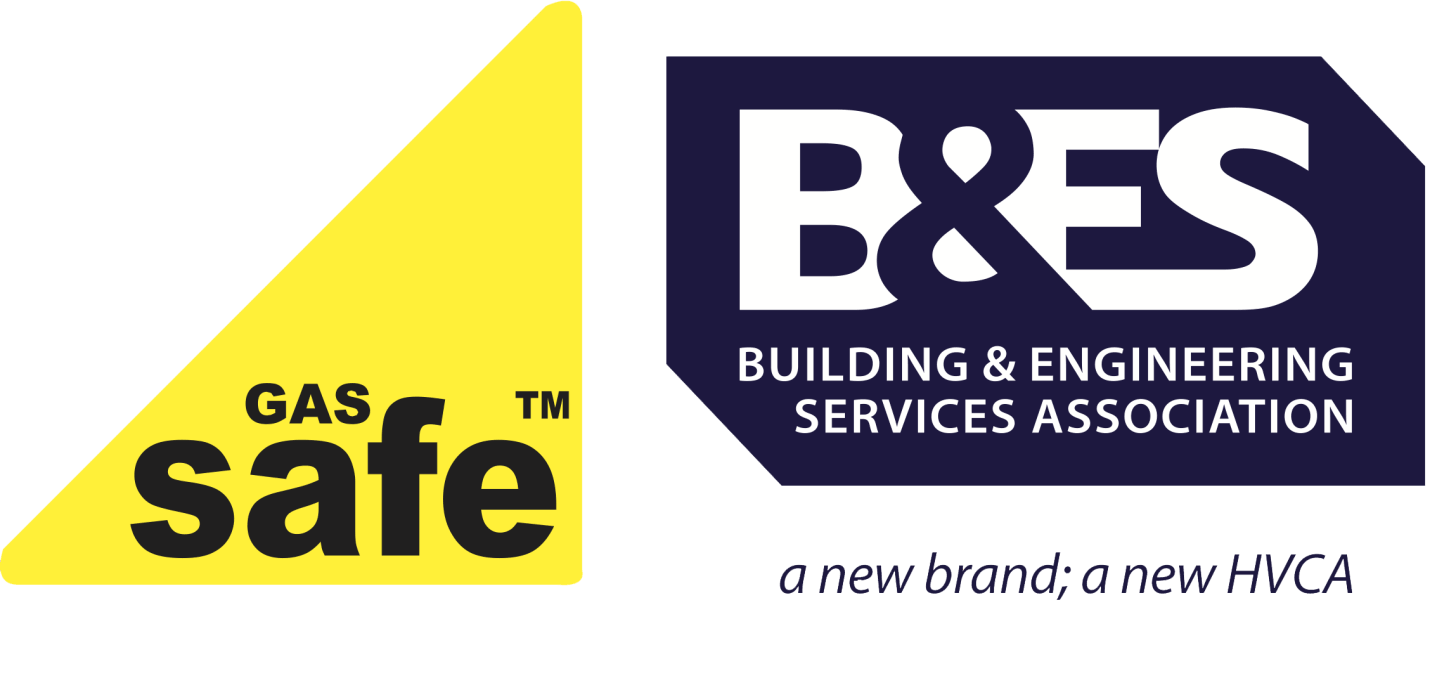Industrial Heater Installation Services in 7 Steps
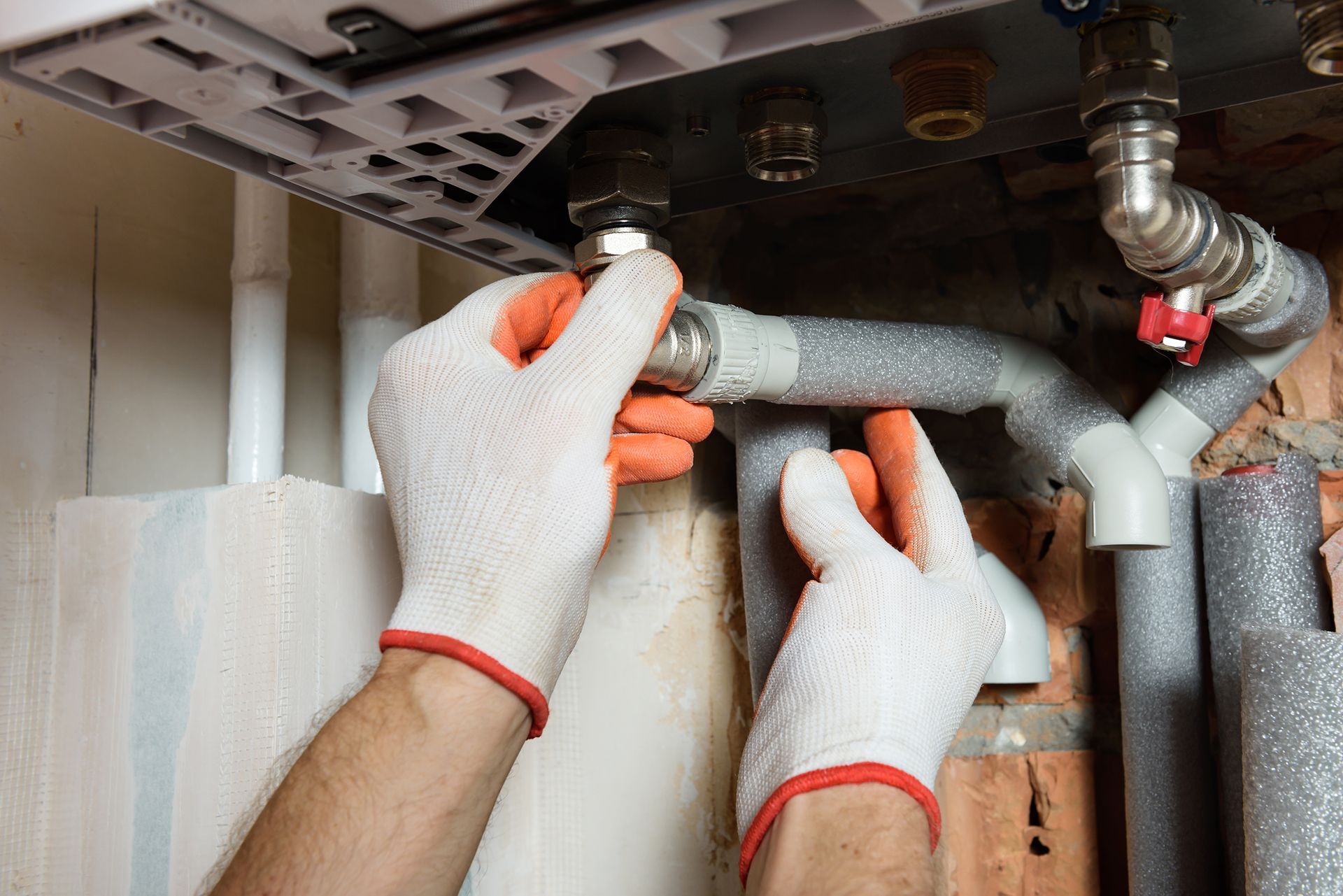
When you’re about to install an industrial heater you’re about to embark on a complicated process that requires attention to detail. You’re not just plugging in a machine - you’re ensuring the safety and efficiency of your whole operation. The 7 step process of industrial heater installation services is here to guide you through this process from prep to post installation. But where do you start? What are the key steps to avoid costly mistakes and compliance with regulations? Let’s break it down and get it right.
Pre-Installation Preparation
Before you start installing an industrial heater take the time to prepare the site and make sure it’s a safe working environment as this step will determine the success and efficiency of your heating system.
A prepared site will not only mean a smooth installation but also no downtime.
During the prep phase you’ll need to assess the industrial space, identify any obstacles or limitations that will impact the installation.
This includes checking the existing infrastructure, electrical connections and insulation to see if they can support the new heating system.
Also clear the area of any debris or obstructions so the installation team have a clean and clear workspace.
By preparing in advance you’ll avoid costly delays and get your industrial heater installed correctly and efficiently.
A thorough prep will also mean your heating installations meet the required safety standards and regulations.
Installation Site Safety
As you prep the installation site, check the area regularly for hazards and identify and mitigate any risks that could put you or the industrial heating system at risk.
This step can’t be stressed enough. Your safety guidelines should include a full assessment of the site’s electrical infrastructure to see if it can support the industrial heater’s power requirements.
Check for any flammable materials or combustible substances nearby and take precautions to prevent accidental ignition. Also make sure the installation site is well ventilated to prevent hazardous fumes building up.
Also designate a clear path for access and egress to avoid tripping hazards and obstacles.
Installation Procedure for Industrial Heaters
With your industrial heater and tools in place you can now start the installation process by unpacking and inspecting the heater for any damage or defects. Make sure you follow the manufacturer’s guidelines and instructions that came with the heater.
Next identify the best location for the heater taking into account airflow, clearance and accessibility for maintenance.
Heating engineers recommend installing the heater in a well ventilated area away from flammable materials and combustible substances. Once you’ve determined the best location install the heater to the floor or wall depending on the type of industrial heater you’re using.
During the installation process check the heater is operating and performing as expected. Make sure all parts are aligned and securely fastened.
Once installed do some tests to validate the heater is operating as intended. This step is critical to prevent any issues or faults during industrial heating.
Wiring and Connections
You’ll need to focus on the wiring and connections to get a safe and efficient power supply to your industrial heater. This step of the installation process requires attention to detail to avoid electrical hazards and get the heater working correctly.
As you start the wiring and connections setup make sure you follow the manufacturer’s guidelines and safety protocols. Make sure the wiring is compatible with the industrial heater’s voltage and power requirements.
During the installation make sure all connections are secure and insulated to prevent electrical shocks or short circuits. Also think about the maintenance of the wiring and connections.
Easy access to the wiring and connections will make future maintenance and repairs easier. A well planned wiring and connections setup will not only ensure the safe operation of your industrial heating system but also its efficiency and lifespan.
Testing and Calibration
Once the wiring and connections are done you can now proceed with the testing and calibration to ensure your industrial heater is operating within the specifications.
This step is critical to ensure the heater’s performance, safety and compliance. During testing you will need to check the heater is working correctly and all parts are working together.
This includes the temperature control systems, safety devices and alarm functions.
Then you will calibrate the equipment to get it within the desired range.
This involves setting and fine tuning the controls to get the best performance. Make sure you follow the manufacturer’s guidelines and recommendations for calibration to avoid mistakes or miscalculations.
By doing so you will ensure your industrial heater installation meets the required standards for safety, efficiency and compliance. Remember a calibrated heater will not only save you energy costs but also reduce the risk of accidents and downtime.
Maintenance and Operation
Once you’ve tested and calibrated your industrial heater you can now focus on setting up a maintenance schedule and following the operation guidelines to keep the equipment running efficiently and safely.
You’ll want to create a schedule to check the heater’s insulation, electrical connections and combustion components. This will allow you to catch any issues before they become big problems.
Also make sure you follow the manufacturer’s guidelines for operation including recommended temperature settings and fuel usage. Proper operation will not only be efficient but also extend the life of your industrial heater.
Regular maintenance will also prevent breakdowns, reduce downtime and save you money in the long run. By following these guidelines you’ll be able to get the best out of your heater, reduce energy costs and a safe working environment.
Final Inspection and Compliance
Now that your industrial heater is installed, calibrated and maintained you need to do a final inspection to ensure compliance with regulations and safety standards.
This step will verify that your installation service meets all the requirements, give you peace of mind and a safe working environment.
During the final inspection you will need to check that all parts of your industrial heater are connected, wired and working correctly.
Check that the system is within the recommended temperature range and all safety features are enabled.
This includes checking for any wear and tear on the equipment and that the installation meets local building codes and regulations.
A compliance check will also involve reviewing your maintenance and operation guidelines to ensure they match industry standards.
Summary
You have completed the 7 steps of industrial heater installation.
By following these steps you are now running safely.
Remember a proper planning is key to best performance and minimal downtime.
